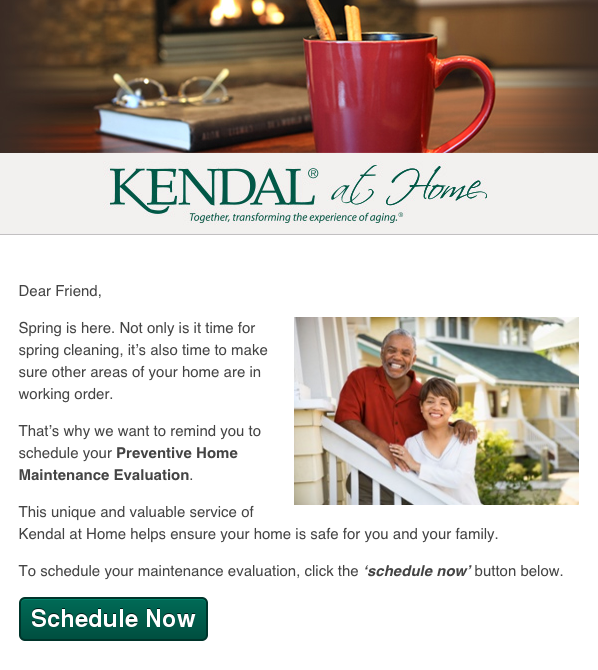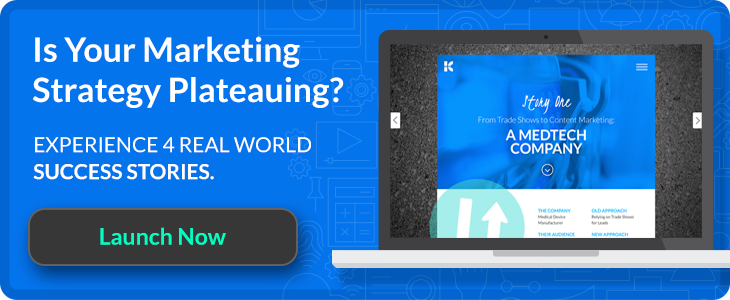
Does Healthcare Email Marketing Make an Impact?


The healthcare sector has always run by its own set of rules for marketing—because it has to. As one of the most heavily regulated industries, it isn’t always possible to follow the same marketing trends as, say, the retail industry. Some ROI-generating methods other businesses have adopted simply won’t work for the healthcare market.
Given that nearly 74 percent of marketing emails by healthcare companies remain unopened, you may assume email is one of those things that doesn’t work. But you’d be wrong.
For most professionals, email is as essential to their job as a desk and an Internet connection. And while we might complain about the barrage of brand messages hitting our inboxes on an hourly basis, we can’t help but compulsively click “refresh.” And checking email at the dinner table has been the catalyst behind many a relationship quarrel.
But does email marketing have a place in the healthcare world? Can organizations truly make an impact through healthcare email marketing?
Today, we’re going to answer that question by examining four truths and talk about why so many healthcare organizations aren’t seeing success.
Email is Huge
Love it or hate it, email is one of the primary means of communication for about 2.5 billion human beings. The ability to read and check email is, quite literally, always in your back pocket. Despite claims of the death of email, this channel has only risen in both value and usage over the past few years.
In other words, marketing via email is still highly relevant and effective. Why, then, are so many healthcare businesses experiencing such dismal engagement? It boils down to these things:
- Their content is product-focused instead of benefit-focused. Nobody likes someone who only talks about themselves. Much like you do in the rest of your content marketing endeavors, focus on solving problems rather than selling services.
- They’re not making use of audience segmentation or targeting. There is so much data available to you about your customers and your audience. Use data to divide your subscribers into segments and address their specific needs. (We’ll talk more about that in a moment.)
- Their emails aren’t mobile-friendly. It’s a fact that more people check email on mobile devices than desktops. In other words, you can no longer ignore responsive design. If your emails don’t render correctly on mobile, they’re as good as nonexistent.
- Their copy isn’t engaging. No matter who your personas are, we’re willing to bet they like to be entertained. Use common language, exercise wit and, above all, keep it concise. The more interesting your copy, the more attraction to your brand.
- They don’t use A/B tests. The most successful email marketing campaigns are those that have been properly tested. Test different subject lines, CTAs or designs on a small group before you email your entire list, and use the results to make better choices.
Still don’t believe me? Consider the results below. Kendal at Home, a not-for-profit company providing services to help seniors age-in-place sent this email discussing preventive home maintenance.

This email earned nearly triple the average open rate for the healthcare industry (26.6 percent), and over four times the average click-through rate (4.6 percent).

Healthcare Content Gets Tons of Traffic
In a previous blog post, I shared that one in 20 Google searches is for health-related content. From checking symptoms and searching for home remedies to seeking professional advice on fitness and chronic conditions, it seems that everyone everywhere wants medical information. Unfortunately, the Internet is also infected with flawed and inaccurate information. That’s where you come in.
Email is a great place to share timely, relevant and credible health information. As a pediatrician, you may send out a quick email with the top five ways to keep toddlers safe while playing in the snow. As a health insurance benefits company, you may send out tips for avoiding the flu at work. Chances are your subscribers are already looking for this information elsewhere, so delivering it right to their inbox helps build trust.
Personalization is Becoming Uber Sophisticated
There are about eleventy-bajillion tools and apps for capturing, analyzing and visualizing data. Even better, there is incredible marketing automation software that can help you apply this data. You can slice and dice your audience by age, location, industry, income level or buyer persona—just to name a few. Then, when you’ve created your various lists, you can email personalized healthcare content created specifically for each segment.
When you take a moment to let it sink in, today’s technology is truly mind-blowing. Not making use of this innovation silences your brand to a large portion of your market. For example, let’s say you’re an emergency clinic that’s segmented your list by age group. You could send emails regarding the most common risks for each age group. For younger adults, it could be sports-related injuries, while for older adults it could be slips and falls. By speaking directly to the pain points of each segment, you’re more likely to send messages recipients actually want to read.
Every Good Relationship is Rooted in Open Communication
Whether you run a hospital or a private practice, a healthcare tech business or a home health service, communication is essential to building lifelong trust from your customers. By engaging in regular communication, you can help keep your brand top of mind, share thought leadership and open up important conversations. By sending well-crafted, personalized messages regularly, you can inspire your subscribers to engage in return by viewing your blog or reaching out through a contact form.
While healthcare email marketing may not seem relevant, it can quickly become one of the most powerful tools in your marketing arsenal. The popularity of the channel, demand for healthcare content, proliferation of data tools and ability to communicate with each of your subscribers makes email a worthwhile investment for 2016.


